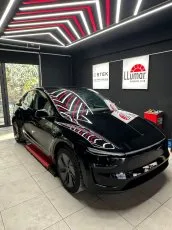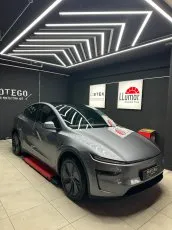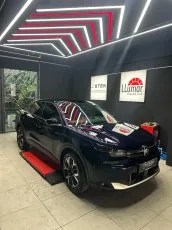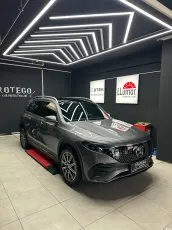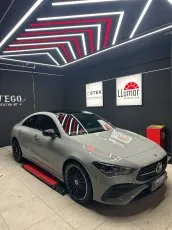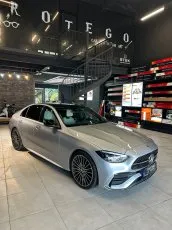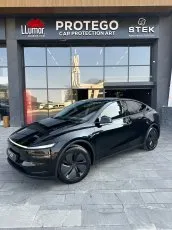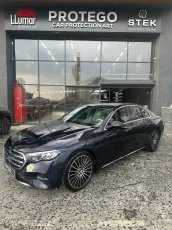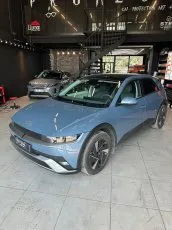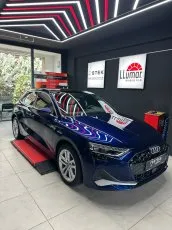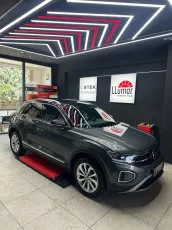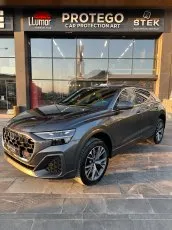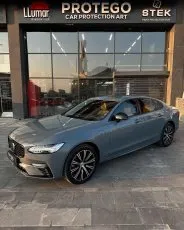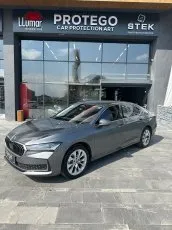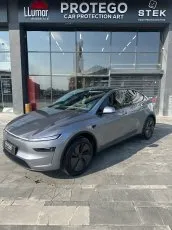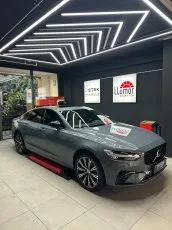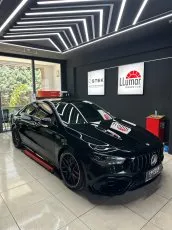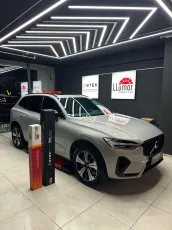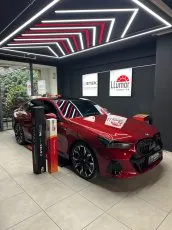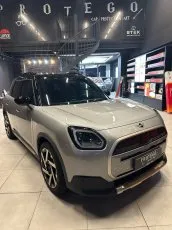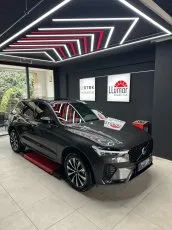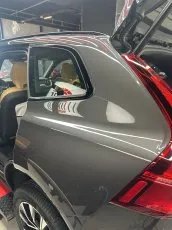Car Wrapping
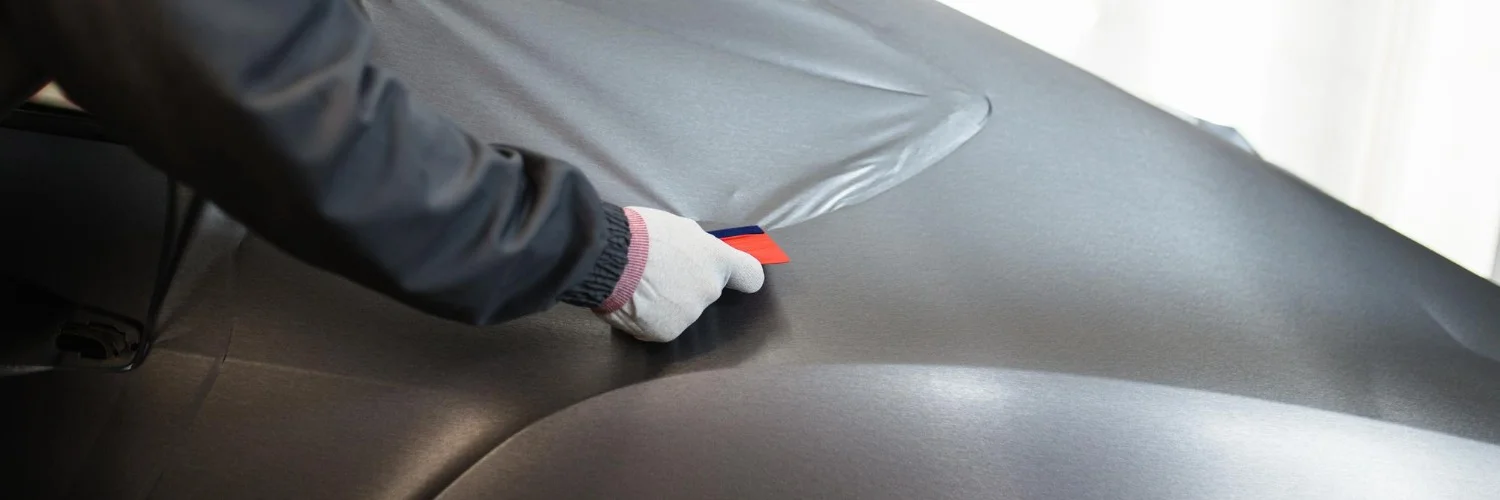
Technical and Detailed Information About Vehicle Wrapping
The vehicle wrapping process is carried out by carefully applying PVC or polymer-based special film materials to the vehicle's surface. These films act as a durable layer that protects the vehicle paint from external factors such as scratches, UV rays, bird droppings, resin, salt, and chemical residues.
Types of Wraps and Surface Options
Wrapping films are available in various surface textures and visual effects:
-
Matte: Offers a non-reflective, modern look.
-
Gloss: Provides reflections similar to paint shine.
-
Satin: Offers a balanced surface between matte and gloss.
-
Chrome: A mirror-like, eye-catching surface that requires special care.
-
Special design options such as Stone Texture / Carbon Fiber / Camouflage are also available.
Application Process
-
The vehicle surface is thoroughly cleaned first, and clay cleaning is performed if necessary.
-
Heat guns, squeegees, and special knives are used during the film application.
-
The film is cut according to vehicle parts and applied without stretching or air bubbles.
-
Delicate areas such as edges, door interiors, and under mirrors are wrapped with extra care.
-
A minimum drying period of 24 hours is recommended after application.
Durability and Warranty
-
With professional application, the wrap typically lasts 3 to 5 years.
-
The quality of the wrap depends on factors such as the brand of the film used, the experience of the applicator, and environmental conditions.
-
Wrapping procedures usually take between 1 to 3 days.
Legal Regulations
-
If the vehicle color changes after wrapping (e.g., a black car is wrapped in gray), this change must be registered in the vehicle registration via a notary.
-
This is noted on the registration as “vehicle color: vinyl wrap (gray)” or similar.
Removal and Paint Condition
-
High-quality wraps do not damage the original paint when removed properly.
-
However, previously painted areas may pose a risk during removal, so vehicle inspection before application is essential.
